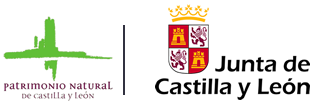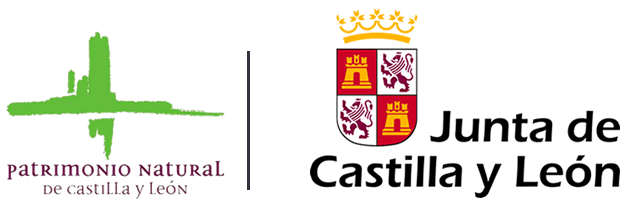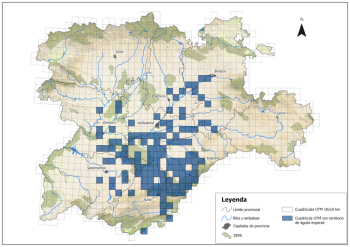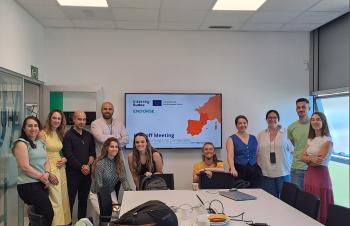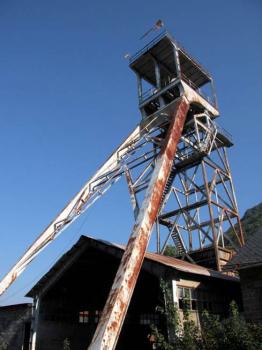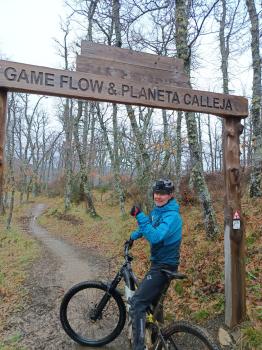SUPPLEMENTARY FEEDING TO BONELLI’S EAGLE (Aquila fasciata) UNDER LIFE RUPIS PROJECT
The reduction of the most common prey species of Bonelli's eagle diet, such as wild rabbit or red partridge, is one of the most important threats for this species in the Iberian Peninsula. In the case of wild rabbit, populations have been decimated by epizootics deseases such as myxomatosis and viral haemorrhagic disease, and by the degradation of habitat quality as a consequence of decreasing of agricultural and livestock activity. Habitat lost also influence the decrease of other important species in the Bonelli's eagle diet such as red partridge.
This situation has led to a decrease in habitat quality in Bonelli's eagle territories, which has contributed to the disappearance of several breeding pairs in the protected areas of Arribas do Douro, Arribes del Duero Natural Park and Douro International Natural Park (Portugal) since the 1990s.
Supplementary feeding is a common method in bird conservation programs, is included in the Bonelli’s Eagle Conservation Plan in Castilla y León and is one of the conservation measures included in LIFE Rupis. It consists in providing food to couples with less favourable demographic and reproductive situation to compensate for the decline in territory’s quality caused by the shortage of prey. This measure is developed in LIFE Rupis at the same time with habitat improvement measures, such as deforestation or sowing to increase the natural populations of prey species of Bonelli's eagle.
In 2017, regular supplementary feeding sessions were held in 9 territories under LIFE Rupis. This action is developed by Junta de Castilla y León through the Natural Heritage Foundation of Castilla y León which was responsible for the coordination, supply of the prey and support to all the teams that participated, formed by personnel of Junta de Castilla y León in Spain and ICNF in Portugal.
During the feeding work, photo-trapping machines were used. This allowed to obtain information about these couples individuals (age, physical condition ... etc). Using this technique is possible to follow the evolution of each couple individuals and to detect individuals’ substitution throughout the breeding season ...
In a medium-term analysis, the results obtained with supplementary feeding actions, demonstrated its efficiency in the breeding rates of Bonelli's eagle in Arribas do Douro, especially in couples with some subadult member. On the other hand, these measures seem to contribute to the maintenance of couples in their territories, especially those with lower habitat quality.
